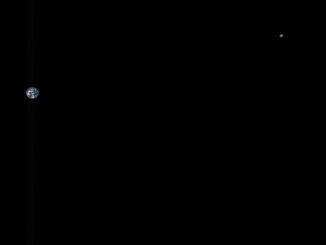
moon


See the crescent Moon pass in front of star gamma Librae on 24 September
A waxing crescent Moon hanging low above the horizon in evening twilight is always a pleasant sight to behold, but observers in the UK watching the 4-day-old Moon through a telescope around 40 minutes after sunset on Sunday, 24 September have an additional treat in store in the form of an occultation of naked-eye star gamma (γ) Librae.
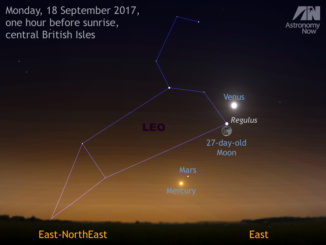
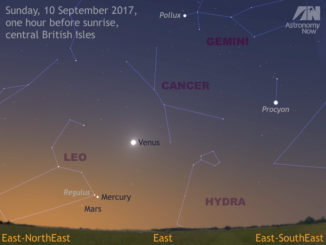
See Mercury meet Regulus and Mars near Venus an hour before sunrise
Observers in the UK and Western Europe should find an observing location offering an unobscured eastern horizon an hour before sunrise on Sunday, 10 September to see innermost planet Mercury just 0.6 degrees from Regulus, the brightest star in Leo. Conspicuous planet Venus is your convenient celestial guide to finding Regulus, Mercury and Mars.

See the International Space Station, Moon and Saturn in the UK sky tonight
The serene beauty of the International Space Station sailing silently overhead needs nothing more than the naked eye to appreciate. But when the dazzling ISS is also in conjunction with a pair of prominent Solar System bodies — such at the Moon and Saturn on the night of 2 August 2017 in the UK — you may wish to grab your binoculars and look low in the south-southwest just before 11:20pm BST.
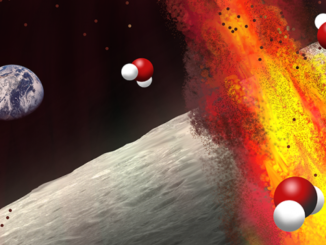
Scientists spy new evidence of water in the Moon’s interior
A new study of satellite data finds that numerous volcanic deposits distributed across the surface of the Moon contain unusually high amounts of trapped water compared with surrounding terrains. The finding of water in these ancient deposits, which are believed to consist of glass beads formed by the explosive eruption of magma coming from the deep lunar interior, bolsters the idea that the lunar mantle is surprisingly water-rich.

Mercury’s prominent evening show under southern skies
Mercury is generally something of a challenge to observe, but the run-up to a particularly favourable easterly elongation occurring on 30 July provides ample opportunities for locating the innermost planet in the evening sky — particularly from the Southern Hemisphere, where a prominent celestial marker in the form of a 2-day-old Moon passes close by on 25 July.
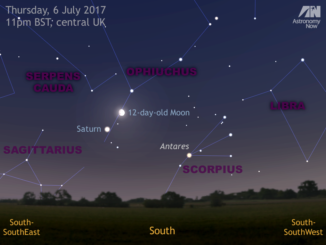
See the Moon meet the ringed planet on the night of 6—7 July
Skywatchers in the UK and Western Europe should cast their gaze low in the southern sky late into the evening of Thursday 6 July to see the 12-day-old waxing gibbous Moon in conjunction with ringed planet Saturn. The pair are separated by just 3½ degrees, nicely framed in a typical 10×50 binocular. For telescope users, the night of 6—7 July is also good for spotting Saturn’s bright moons. We show you what to look for and where.
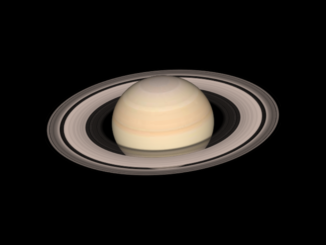
See Saturn at its best after a lunar rendezvous on 9—10 June
Skywatchers in the UK looking to the south-southeast shortly before midnight on Friday 9 June can see the rising full Moon just 2½ degrees above Saturn, the pair fitting comfortably in the same field of view of binoculars and telescopes magnifying less than 20×. Saturn is closest to the Earth for this year on 15 June, so here is our quick observing guide to the ringed planet at its best.
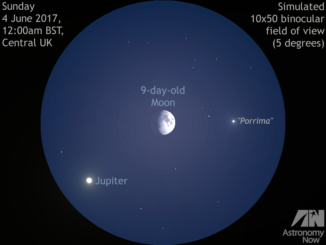
See the Moon hide double star Porrima then get close to Jupiter on 3—4 June
Jupiter now lies highest in the UK sky at sunset, but the Solar System’s largest planet and its four bright Galilean moons still provide plenty of observable events during June, as we reveal. If you’re uncertain which evening ‘star’ is Jupiter, the Moon conveniently passes by on the night of 3—4 June, a time when European skywatchers can also see the Moon occult (hide) bright double star Porrima.
